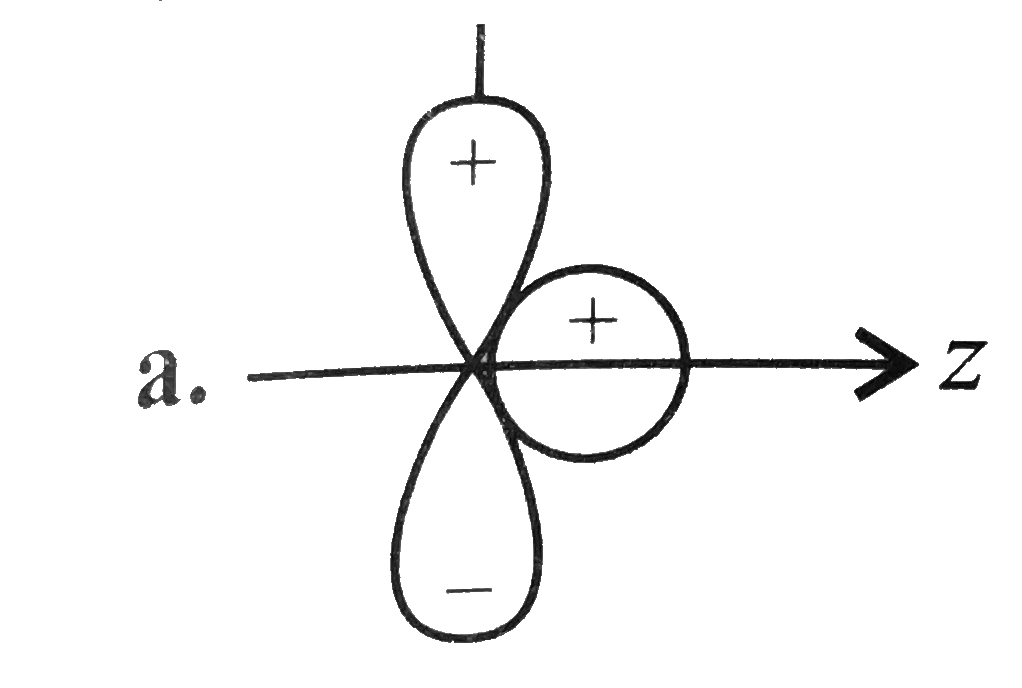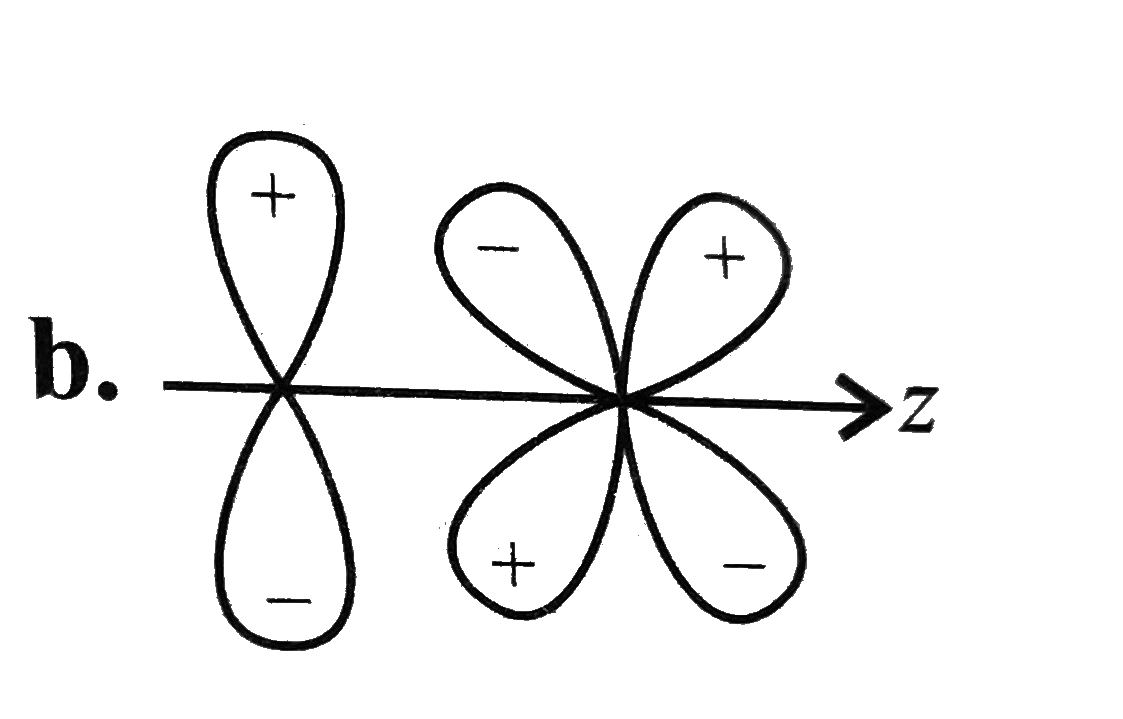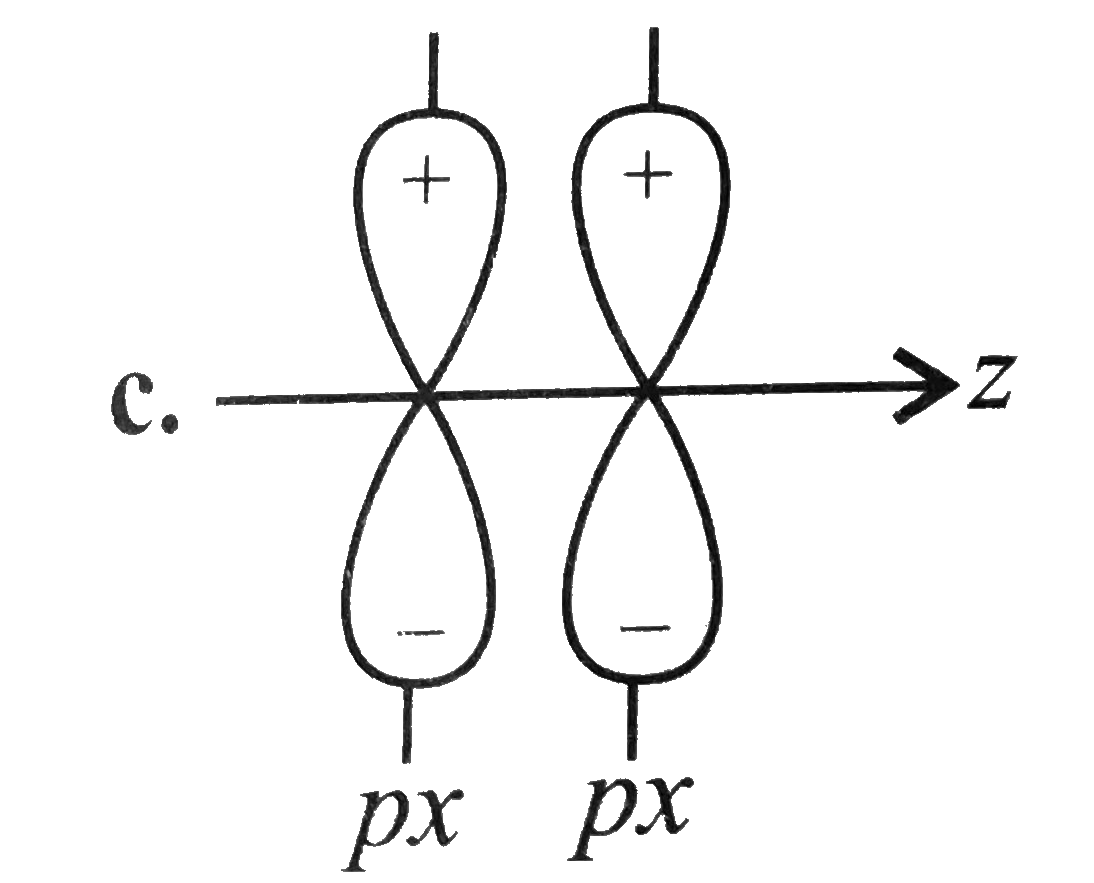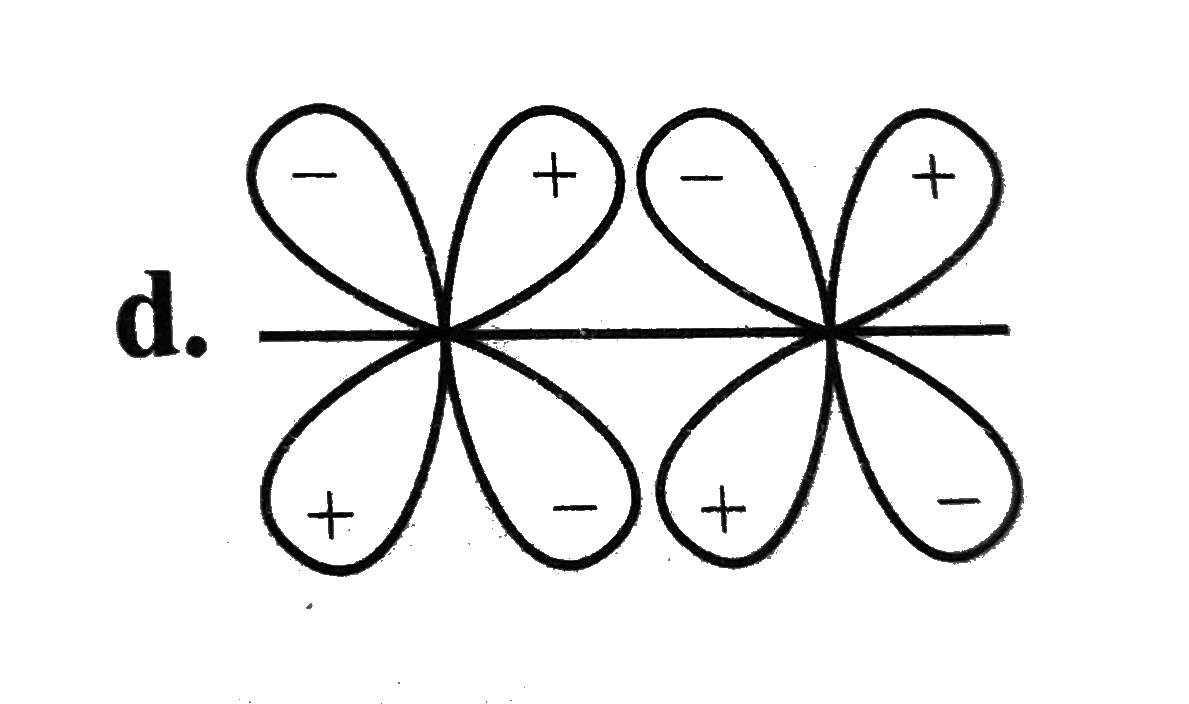A
B
C
D
Text Solution
AI Generated Solution
The correct Answer is:
|
Topper's Solved these Questions
CHEMICAL BONDING AND MOLECULAR STRUCTURE
CENGAGE CHEMISTRY ENGLISH|Exercise Exercises Single Correct (Dipole Moment)|16 VideosView PlaylistCHEMICAL BONDING AND MOLECULAR STRUCTURE
CENGAGE CHEMISTRY ENGLISH|Exercise Exercises Single Correct (Hybridisation)|33 VideosView PlaylistCHEMICAL BONDING AND MOLECULAR STRUCTURE
CENGAGE CHEMISTRY ENGLISH|Exercise Exercises Multiple Correct (Miscellaneous)|10 VideosView PlaylistATOMIC STRUCTURE
CENGAGE CHEMISTRY ENGLISH|Exercise Concept Applicationexercise(4.3)|19 VideosView PlaylistCHEMICAL EQUILIBRIUM
CENGAGE CHEMISTRY ENGLISH|Exercise Subjective type|1 VideosView Playlist
Similar Questions
Explore conceptually related problems
CENGAGE CHEMISTRY ENGLISH-CHEMICAL BONDING AND MOLECULAR STRUCTURE-Exercises Single Correct (Chemical Bonding)
- Which species has the maximum number of lone pair of electrons on th...
02:42
|
Play - Among the following the electron deficient compound is
03:40
|
Play - Which of the following does not follow the octet rule ? .
04:13
|
Play - Which of the following does not have coordinate bonds ? .
01:39
|
Play - Which of the following bonds is the strongest ? .
01:40
|
Play - When two atoms combine to form a molecule
01:31
|
Play - Most favourable conditions for inoic bonding are .
02:42
|
Play - Which of the following is not a correct statement ? .
02:03
|
Play - Element A has 3 electrons in the outermost orbit and element B has 6 e...
02:42
|
Play - The pair of elements which form ionic bond is .
04:24
|
Play - Lattice energy of an ionic compound depends on
02:21
|
Play - The bonds present in N(2)O(5) are .
01:54
|
Play - Which of the following statement is correct for CO ?
02:45
|
Play - Which of the following statemwnt regarding valence bond theory (VBT) i...
04:22
|
Play - Correct statement about VBT is .
03:46
|
Play - The strength of bonds formed by overlapping of atomic orbitals is in t...
03:13
|
Play - The nodal plane in the pi -bond of ethene is located in :
02:21
|
Play - Which of the following statement is wrong ? .
04:55
|
Play - Which of the following is a positive overlap which leads to bonding ? ...
03:47
|
Playing Now - Which of the following is a zero overlap which leads to non-bonding?
01:45
|
Play



